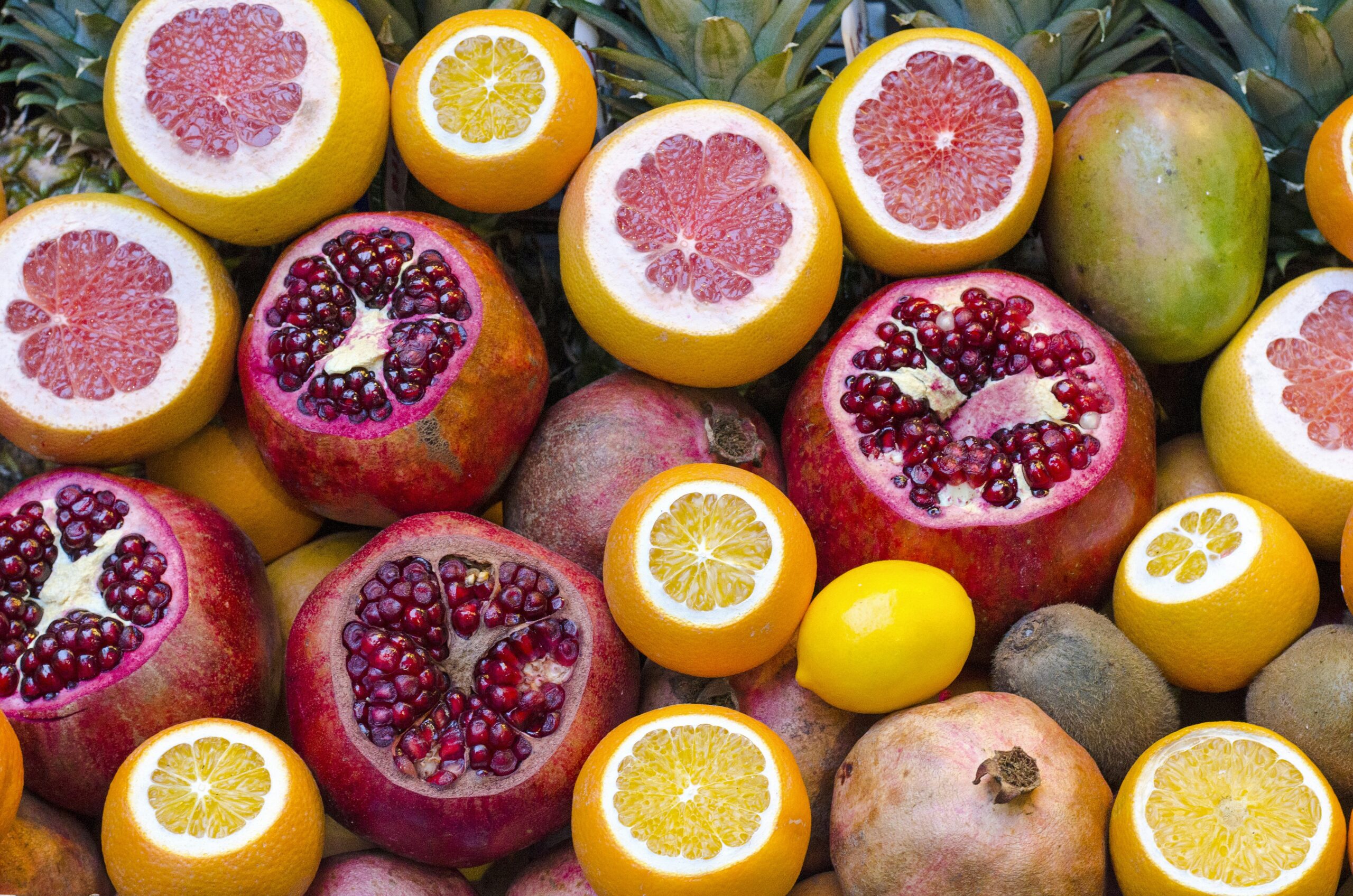Are you curious about those comforting culinary techniques your grandmother swore by while cooking heartwarming meals that could evoke the warmth of a cozy blanket on a chilly night? You’re not alone. The world of down-home cooking, with its comforting aromas and satisfying flavors, has a distinct charm that many find irresistible. This style of cooking is all about using simple methods to create dishes that are rich in flavor and nostalgia. So, let’s unravel the secrets behind those mouth-watering family dinners by exploring the cooking techniques that are commonly used in down-home cooking.

Understanding Down Home Cooking
Before diving into the nitty-gritty of individual techniques, it’s worth considering what “down-home cooking” actually entails. This style of cooking is often associated with regional, traditional American cuisines, particularly those from the South and Midwest. Picture a hearty casserole shared in a relaxed family kitchen or a pot roast simmering slowly on the stove. It’s food that tells a story, often rooted in history and culture, and is prepared with lots of love.
The Philosophy of Simplicity
At its core, down-home cooking prioritizes simplicity, freshness, and a personal touch. There’s no need for extravagant ingredients or complex equipment. What you need is an appreciation for the basics—basic ingredients, basic techniques—which altogether create something far beyond basic in terms of taste and satisfaction.
Slow Cooking: The Art of Patience
Among the myriad of techniques, slow cooking reigns supreme in down-home kitchens. It’s about letting time and controlled heat work their magic on the food, resulting in melt-in-your-mouth textures that you can’t achieve any other way.
Braising and Stewing
Two hallmark methods are braising and stewing. Both involve cooking food slowly in a liquid, locking in moisture and flavor. Whether it’s a beef stew or chicken fricassee, these dishes often start with browning the meat for added depth and flavor before it spends hours simmering gently.
Differences between Braising and Stewing:
| Technique | Primary Liquid | Cooking Time | Typical Ingredients |
|---|---|---|---|
| Braising | Less liquid, just enough to cover | Usually longer | Larger cuts of meats, vegetables |
| Stewing | Fully submerged in liquid | A bit shorter than braising | Smaller, bite-sized pieces |
Crockpot Magic
The invention of the crockpot has modernized slow cooking without taking away its essence. It allows you to leave your home for the day and return to a kitchen filled with the aroma of a ready-to-eat meal. Add your ingredients in the morning, set it, and forget it. The ultimate convenience married with traditional flavor.
Baking: The Heart of the Home
Ah, baking—the technique that doesn’t just feed the belly but also the soul. It’s a staple in down-home cooking and why your grandma’s kitchen always smelled like heaven.
Breads and Basics
From cornbread to biscuits, baking is where down-home cooking truly shines. These recipes usually call for pantry staples such as flour, baking soda, and salt, mixed with a careful hand and an eye for just-right consistency. And if you’re feeling adventurous, how about trying your hand at sourdough or yeast rolls? Patience is key, as is a reliable oven that holds its temperature.
Sweet Surprises
Desserts are a big deal, too. Think peach cobbler or apple pie—a celebration of seasonal fruits wrapped in flaky, buttery pastry. Imagine the endless bliss a warm slice can offer when paired with a scoop of vanilla ice cream.
Grilling: The Practice of Preservation
There’s something inherently communal about grilling, likely because it invites people to gather round as food sizzles and cooks over an open flame. In down-home cooking, grilling is as much about technique as it is about spending time with loved ones.
BBQ Essentials
You can’t talk about down-home cooking without mentioning barbecue. Whether it’s ribs or brisket, the techniques vary—some prefer dry rubs, while others might favor marinades—but the objective is the same: flavor-packed meat that’s tender from a low-and-slow cook.
Open-Flame Grilling
Then there’s the good old-fashioned grilling for burgers, hot dogs, and kebabs. Open-flame grilling brings out flavors of meats and vegetables that no other method can. It’s how you can taste summer even in the coldest months of the year.

Frying: The Joy of Crispy Edges
If no one’s told you yet, you deserve to know: frying is how magic happens in a skillet. Though often seen as indulgent, frying is central to down-home cooking, adding that irresistible crunch to food.
Deep Frying vs. Sautéing
Deep frying submerges your food entirely in hot oil, essential for making fried chicken with its crunchy coat. On the other hand, sautéing involves cooking with a little oil or fat at a high temperature, often using those cast iron skillets cherished by many.
Differences between Deep Frying and Sautéing:
| Technique | Oil Usage | Heat Level | Result |
|---|---|---|---|
| Deep Frying | Fully submerged | Medium-high to high | Crispy coating |
| Sautéing | Little oil or fat | Over medium heat | Lightly browned |
Preserving: The Art of Saving Flavor
Preserving techniques have been handed down through generations, serving not only as a way to extend the shelf life of food, but as a method to intensify its flavors.
Pickling and Canning
Think pickled cucumbers or canned tomatoes, which came out of necessity but evolved into cherished techniques in many family kitchens. It’s all about creating that tangy, sweet balance that makes you hanker for just one more bite.
Fermenting
And we can’t forget fermenting—this older-than-time process that gives us foods like sauerkraut and pickles. Fermented foods are now enjoying a renaissance due to their health benefits, but in down-home kitchens, they’ve always been valued for that distinct, sharp flavor.

Roasting: The Gentle Art of Coaxing Flavor
Roasting is about using dry heat where hot air envelops the food, cooking it evenly on all sides. This method caramelizes the surface, deepening flavors and creating irresistible aromas that waft through your home.
Oven Roasting
You might know it as the go-to method for making a tender roast beef or perfectly roasted vegetables. The key lies in maintaining consistent oven temperatures to ensure everything cooks evenly. Once you’ve mastered this, it opens up a world of dishes that showcase every ingredient’s purest form.
Steaming: The Unseen Method
Perhaps the most understated of any culinary technique, steaming keeps every bite nutritious while enhancing natural flavors. It’s the quiet achiever of down-home cooking.
When to Steam
While it may not create crispy skins or drunken sauces, steaming is ideal for vegetables, fish, or dumplings. It’s the healthier counterpart to other methods, ensuring nutrients remain in your food.
Conclusion: The Heartbeat of Simple, Honest Cooking
As you can tell, down-home cooking is more than just food preparation; it’s about heritage, love, and sharing experiences around the table. These techniques endure not just because they’re efficient and effective, but because they bring people together. Each meal seasoned with time, patience, and love becomes a memory tied to laughter and stories, eternally flavored with nostalgia.
Whether you’re experimenting with these techniques for the first time or strengthening your relationship with the stove, know that down-home cooking is forgiving. It’s less about perfection and more about the journey—a touch of patience here, a sprinkle of improvisation there. Before you know it, you’ve nurtured something beautiful and filling, in more ways than one.
So, next time the kitchen beckons, consider trying these simple yet heartwarming techniques. Who knows, you might just create your own favorite family recipe, one that will be cherished and passed down for generations. Happy cooking!

